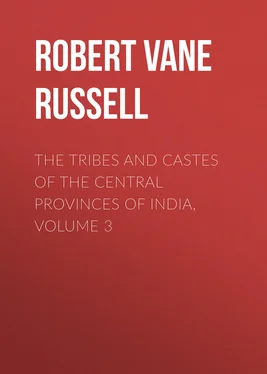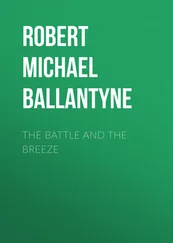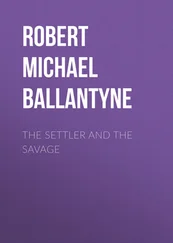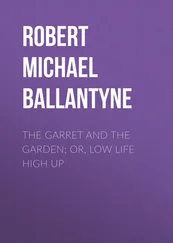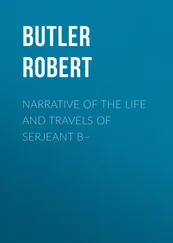Gond-Gowāri. 96 96 This article is based on a paper by Pandit Pyāre Lāl Misra.
—A small hybrid caste formed from alliances between Gonds and Gowāris or herdsmen of the Marātha country. Though they must now be considered as a distinct caste, being impure and thus ranking lower than either the Gonds or Gowāris, they are still often identified with either of them. In 1901 only 3000 were returned, principally from the Nāgpur and Chānda Districts. In 1911 they were amalgamated with the Gowāris, and this view may be accepted as their origin is the same. The Gowāris say that the Gond-Gowāris are the descendants of one of two brothers who accidentally ate the flesh of a cow. Both the Gonds and Gowāris frequent the jungles for long periods together, and it is natural that intimacies should spring up between the youth of either sex. And the progeny of these irregular connections has formed a separate caste, looked down upon by both its progenitors. The Gond-Gowāris have no subcastes, and for purposes of marriages are divided into exogamous septs, all bearing Gond names. Like the Gonds, the caste is also split into two divisions, worshipping six and seven gods respectively, and members of septs worshipping the same number of gods must not marry with each other. The deities of the six and seven god-worshippers are identical, except that the latter have one extra called Durga or Devi, who is represented by a copper coin of the old Nāgpur dynasty. Of the other deities Būra Deo is a piece of iron, Khoda and Khodāvan are both pieces of the kadamb
Конец ознакомительного фрагмента.
Текст предоставлен ООО «ЛитРес».
Прочитайте эту книгу целиком, купив полную легальную версию на ЛитРес.
Безопасно оплатить книгу можно банковской картой Visa, MasterCard, Maestro, со счета мобильного телефона, с платежного терминала, в салоне МТС или Связной, через PayPal, WebMoney, Яндекс.Деньги, QIWI Кошелек, бонусными картами или другим удобным Вам способом.
This article is based on information collected by Mr. Hīra Lāl in Jubbulpore, and the author in Mandla.
The word Dishai really means direction or cardinal point, but as the goddess dwells in the sheep-pen it is probable that she was originally the sheep itself.
The following particulars are taken from the Central Provinces Monograph on Woollen Industries , by Mr. J. T. Marten.
A Naturalist on the Prowl , 3rd ed., p. 219. In the quotation the Hindustāni word kammal , commonly used in the Central Provinces, is substituted for the Marāthi word kambli .
This article is compiled from an excellent monograph contributed by Surgeon-Major Mitchell of Bastar State, with extracts from Colonel Glasfurd’s Report on Bastar (Selections from the Records of the Government of India in the Foreign Department, No. 39 of 1863).
India Census Report (1901), p. 283.
Madras Census Report (1891), p. 253.
Ethnographic Notes in Southern India , p. 22.
Madras Census Report (1891), p. 253.
Report on the Dependency of Bastar , p. 37.
Report on the Dependency of Bastar , p. 37.
Ethnographic Notes in Southern India , p. 270.
Risley, Tribes and Castes of Bengal , art. Pān.
The human sacrifices of the Khonds were suppressed about 1860. See the article on that tribe.
This article is compiled from papers by Mr. Jhanjhan Rai, Tahsīldār, Sārangarh, and Satyabādi Misra of the Sambalpur Census office.
Mund-jhulānā , to swing the head.
Based on notes taken by Mr. Hīrā Lāl at Chānda and the notices of the Gārpagāri in the District Gazetteers.
Village watchman.
Dr. Jevons, Introduction to the History of Religion , p. 171.
The Golden Bough , 2nd ed. vol. i. p. 68, quoting from French authorities.
This article is based on papers by Mr. Jeorākhān Lāl, Deputy Inspector of Schools, Bilāspur, and Bhagwān Singh, Court of Wards Clerk, Bilāspur.
The Celestial Physician.
This article is compiled partly from papers by Munshis Pyāre Lāl Misra and Kanhya Lāl of the Gazetteer Office.
Tribes and Castes of Bengal , art. Ghāsi.
Central Provinces Gazetteer (1871), p. 273.
Descriptive Ethnology of Bengal , p. 325.
Ficus glomerata.
Cynodon dactylon.
Tribes and Castes of Bengal , art. Ghāsi.
This article is based partly on a paper by Khān Bahādur Imdād Ali, Pleader, Damoh.
Punjab Census Report (1881), para. 272.
Crooke’s Tribes and Castes , art. Ghosi.
From a note by Mr. Hīra Lāl.
This article is compiled from papers by Kanhya Lāl of the Gazetteer Office, and Mādho Rao, Deputy Inspector of Schools, Bālāghāt.
Bālāghāt District Gazetteer (C. E. Low), p. 80.
Linguistic Survey of India , vol. iv. Dravidian Language , p. 386.
The country of Gondwāna properly included the Satpūra plateau and a section of the Nāgpur plain and Nerbudda valley to the south and west.
Early History of India , 3rd ed. p. 337.
Art. Gondwāna.
Linguistic Survey, Munda and Dravidian Languages , iv. p. 285.
Notes , p. 15.
Garha is six miles from Jubbulpore.
See article on Kol.
Mr. Standen’s Betūl Settlement Report .
The argument in this section will be followed more easily if read after the legend in the following paragraphs.
Highlands of Central India (Chapman & Hall).
Deo-khulla or threshing-floor of the gods. See section on Religion.
Passage from Mr. Hislop’s version.
Читать дальше
